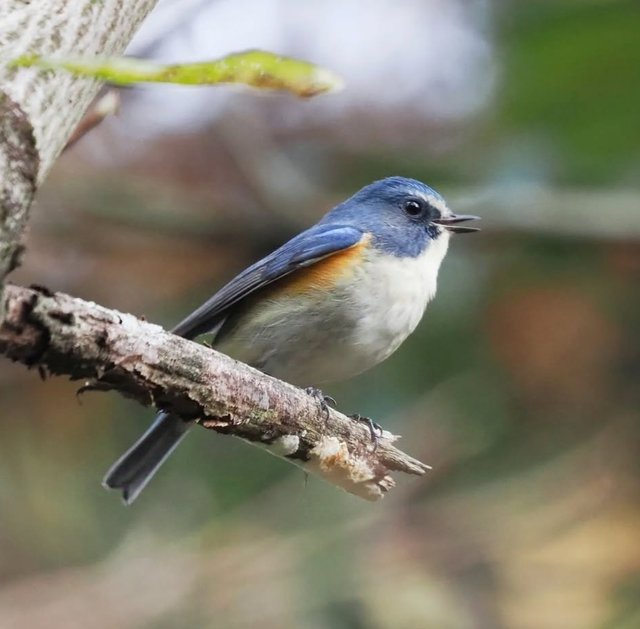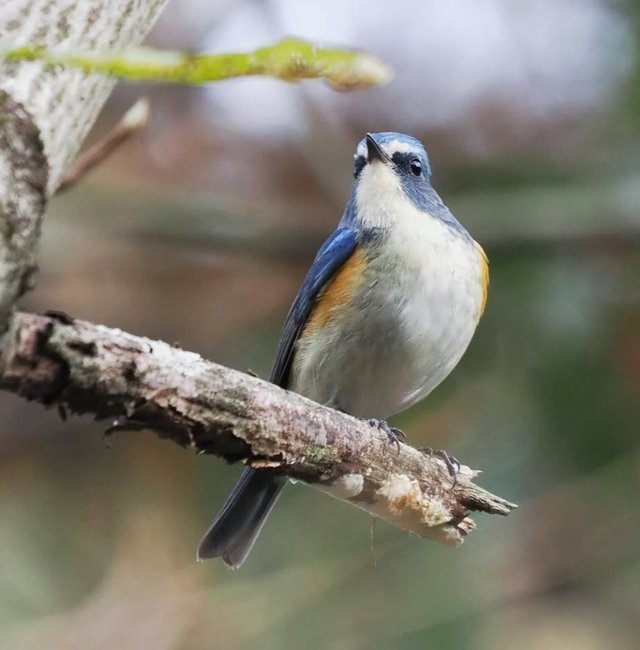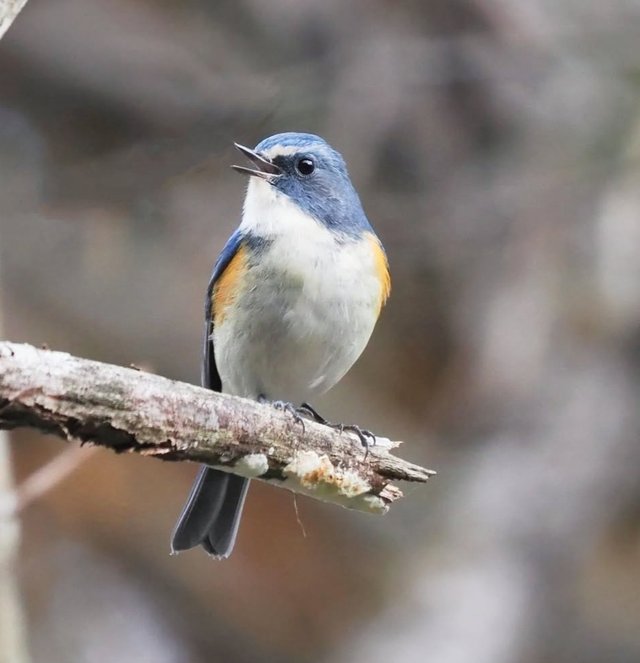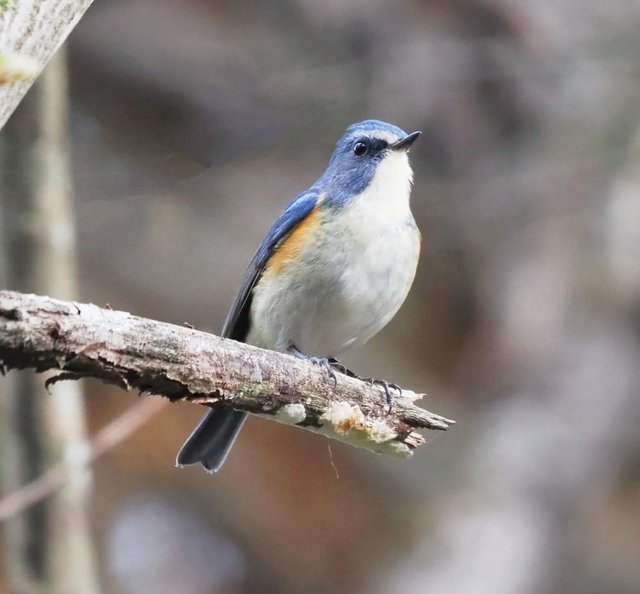So Beautiful Red-Flanked Bluetail Flower
The Red-flanked Bluetail: A Jewel of the Forests
The Red-flanked Bluetail, also known as the Orange-flanked Bush-robin, is a small, strikingly colorful passerine bird that captures the attention of birdwatchers and nature enthusiasts worldwide. Native to the boreal and temperate forests of Eurasia, this diminutive songbird is a symbol of the changing seasons and a testament to the beauty of the natural world.
Physical Description
The Red-flanked Bluetail is a medium-sized bird, measuring about 13–14 centimeters in length with a wingspan of approximately 20–22 centimeters. It weighs around 10–18 grams. Its plumage is its most distinguishing feature:
Males are adorned with a vivid blue back, wings, and tail, contrasted by a white or cream-colored belly. The "red flanks" that give the bird its name are actually a subtle orange-rust patch on the sides.
Females and juveniles, while less conspicuous, are equally charming with their olive-brown upper parts and hints of blue on their tail and wings. They also have the characteristic orange flanks, though these are often less pronounced.
This sexual dimorphism makes males the showier of the two, especially during the breeding season when vibrant plumage plays a crucial role in attracting mates.
Habitat and Distribution
The Red-flanked Bluetail inhabits a wide range of forested environments across northern Eurasia. Its breeding range spans the taiga forests of Siberia, northeastern Europe, and parts of East Asia, including Japan and Korea. During the non-breeding season, it migrates south to warmer regions in southern China, India, and Southeast Asia.
In recent decades, the species has extended its range westward, with sightings becoming more common in parts of Western Europe. This expansion has excited ornithologists, who study these range shifts in the context of climate change and habitat adaptation.
Behavior and Ecology
Diet
The Red-flanked Bluetail is an omnivore with a diet that changes with the seasons. During the warmer months, it primarily feeds on insects, spiders, and other small invertebrates. In autumn and winter, it supplements its diet with berries and seeds, which are often the only available food in its migratory and wintering grounds.




Thanks For Reading
Device Information
| Device | cannon eos 600D |
|---|---|
| Lens | 55-250 zoom leans |
| Location | Myanmar |
